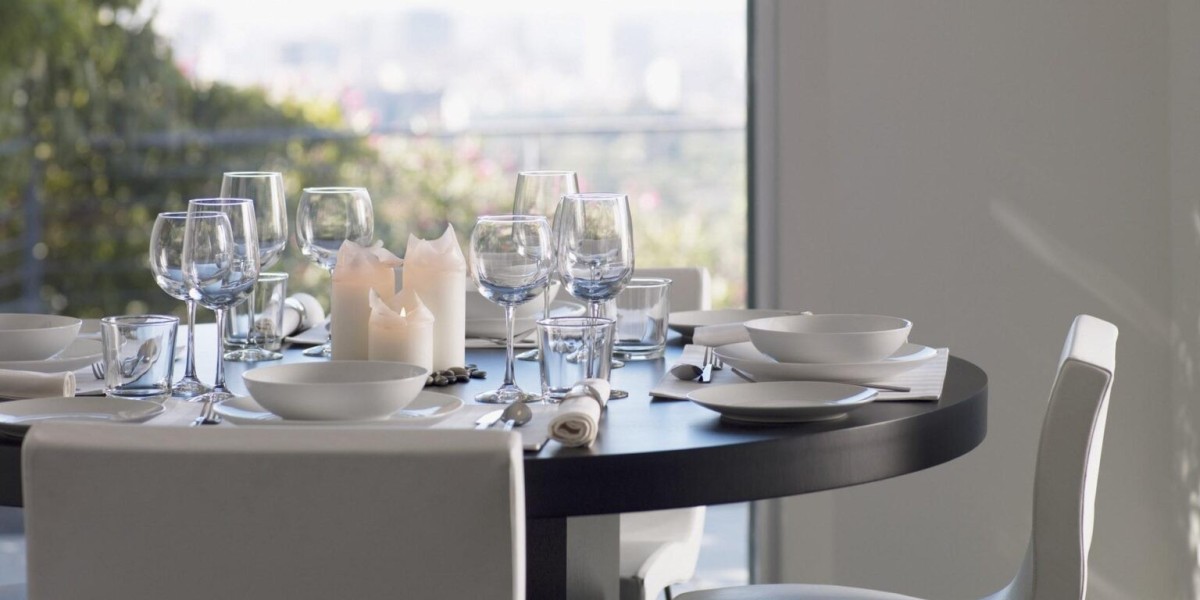The Origins of Glass Tableware
Glass has been used for tableware for centuries, tracing its origins back to ancient times. Some of the earliest Glass Tableware pieces date back to around 50 BC in Syria, where luxury glass vessels known as Roman cameo glass were created through a technique of engraving into multi-layered sheets of glass. During the Roman Empire in the 1st century AD, glassblowing was developed, allowing glass artists to craft blown glass pieces for the first time. Roman glassmakers produced items like drinking glasses, bottles, and decorative bowls in great quantities. By the Middle Ages in Europe, glass production advanced and glass pieces became more ornate, colorful, and ubiquitous for household table settings among nobility. Stained glass studio techniques emerged, adding intricate patterning and imagery to glasswares.
Victorian Era Innovations
In the 19th century, advancements in glass manufacturing technology during the Victorian era led to new styles and designs of glass tablewares becoming widely available to a broader population. Machine production allowed for mass reproduction of standardized shapes and designs. Popular glass objects of the time included goblets, decanters, punch bowls, compotes, and larger serving dishes. Food preservation became important with the spread of the railroad, so glass jars and containers joined glass tablewares. Many iconographic and decorative motifs drew inspiration from natural forms like leaves and flowers. Elaborate cut glass patterns with facets and intricate engraving became stylish. Most glass pieces remained handblown but new automated processes expedited production.
Modern Designs and Materials
In the 20th century and today, glass tableware design has expanded greatly thanks to ongoing innovations. New manufacturing techniques like pressed glass, new glass compositions, and automation have enabled bold new shapes, styles, and artistic techniques. Contemporary designers experiment with incorporating inclusions, applying surface treatments, and blending different colors and textures of glass. Popular modern styles encompass everything from sleek, minimalist clear glass to vividly colored sculptural pieces. Materials have also evolved - heat-resistant borosilicate (Pyrex) glass opened up new culinary applications, and experimental materials fuse glass with other substances. Sustainability has become an important focus as well, with recycled glass feeds and lead-free production.
Everyday Glassware and Special Occasion Pieces
For daily use, household staples of glass tableware remain drinking glasses, glass food containers, and serving pieces suited to different culinary purposes. Drinking glasses continue evolving with new specialized options for everything from water to wine, cocktails, and more. Reusable food storage glassware includes canisters, jars, bottles, and dishes suited to preserving, transporting, reheating, and serving various foods. Countertop glass serving dishes are versatile for buffets, appetizers, sides, and baked goods.
More elaborate and decorative glassware remains popular for special occasions and entertaining. Items like punch bowls, decanters, wine glasses, and stemware are brought out for events and gatherings. Ornate glass centerpieces, vases, and terrariums add beauty to tables. For holidays, customized engraved, colored, or patterned glassware can make personalized gifts. Art glass studio pieces capture unique artistic styles for discerning collectors and aficionados. High-quality production techniques and brilliant designs continue inspiring new additions and designs in specialty glass tableware.
Care and Storage of Glassware
Proper care helps Glass Tableware Practices withstand daily wear while maintaining brightness, clarity, and function over time. Handwashing is gentlest to avoid microscratches from harsh abrasives. Dishwashers can be used on most glass but top racks are safer, and prerinsing removes residue. Dry glassware thoroughly to prevent water spots. Storing glass upside down or wrapped prevents accumulation of dust inside. Special care keeps cut or etched glasses intact without diminishing facets. Avoid sudden temperature changes which can cause glass to crack. Acidic foods should not remain in glass for long to maintain strength and integrity. Periodic cleaning with vinegar or baking soda removes mineral buildup. Precautions like using glass coasters and avoiding extreme heat help tableware survive daily use for many years.
Enduring Appeal of Glass Tableware
Over centuries, glass tableware has endured as a favorite material for its aesthetics, functionality, and presentation qualities. From ancient blown vessels to modern sculptural pieces, glass artists continue pushing creative boundaries and adding beauty to dining experiences. Glass cleans up easily, is hygienic, and allows the natural appearance of food and drinks to shine through. Its transparency symbolizes openness while reflecting light in fascinating refractions. Glassware sets a refined table and makes a statement about hospitality. As culinary styles and trends evolve globally, glass tableware remains a versatile partner and artistic medium reflecting social and cultural influences. Its shining presence fulfills both everyday needs as well as celebratory moments for generations to come.
Get more insights: Glass Tableware
For More Insights Discover the Report In language that Resonates with you
About Author:
Priya Pandey is a dynamic and passionate editor with over three years of expertise in content editing and proofreading. Holding a bachelor's degree in biotechnology, Priya has a knack for making the content engaging. Her diverse portfolio includes editing documents across different industries, including food and beverages, information and technology, healthcare, chemical and materials, etc. Priya's meticulous attention to detail and commitment to excellence make her an invaluable asset in the world of content creation and refinement.
(LinkedIn- https://www.linkedin.com/in/priya-pandey-8417a8173/)


